Autism is not a problem to be fixed. It is a natural variation of the human experience – a different way of seeing and sensing the world. At Achieve together, we recognise this not just in words, but in action. We walk alongside over 950 autistic people across England and Wales, co-creating support that empowers individuals to lead the lives they choose, not the ones society imposes.
As a learning disability nurse with more than three decades of experience, my career has been shaped by the belief that with the right support and understanding, people on the autism spectrum can flourish. Over the years, I have seen lives transformed not through fixing, but through listening, personalising, and empowering.
During World Autism Awareness Month, I want to highlight what best practice really looks like when supporting autistic people – and how we bring that to life at Achieve together.
Understanding Autism Through the Right Lens
Too often, autism is misunderstood. Behaviour is misinterpreted. Strengths are overlooked. People are underestimated.
Autistic people experience the world differently – whether that’s through sensory sensitivities, communication differences, or a preference for routine. Our work begins with respect for those differences. Our staff are trained not to change people, but to understand them deeply and support them in ways that amplify autonomy and wellbeing.
One of our guiding principles is seeing autism as a difference, not a deficit. This approach is built into everything from our Positive Behaviour Support frameworks to our person-centred sensory profiles, and our commitment to inclusive communication strategies that support people to express their needs in their own way.
What Does a Good Life Look Like – While Being Autistic?
There is no single definition. For one person, it might be pursuing employment or volunteering. For another, it’s building confidence through independent living skills. For someone else, it’s simply feeling safe in a low-arousal environment, surrounded by familiar routines and people who understand them.
But behind every story of success is a common theme: personalised, strengths-based support that puts the person – not the label – at the centre.
Take Jordan, for example, who struggled for years in inappropriate hospital placements. With a dedicated team and a structured plan, he now lives in a community setting, manages his own routine, and has reconnected with family. Or Emily, who masked her autism for much of her life. With sensitive support from a team that recognised her experience as an autistic woman, she now helps others through peer advocacy and was recently shortlisted for a national Leaders in Autism Award.
These are not isolated stories. They’re evidence of what happens when people are truly seen, heard and supported.
Campaign 4 Change – Autistic Voices at the Centre
Central to our practice is co-production. A self-advocacy group we support, Campaign 4 Change, is made up of people with learning disabilities and autistic people who are influencing change at every level. They’ve presented at national conferences, helped shape policy on language and inclusion, and even delivered petitions to Downing Street to make democracy more accessible.
As one member put it, “We want people to know we’re not just people who draw on social care – we’re change makers.” That sentiment is at the heart of everything we do.
Building Autism-Inclusive Cultures in Health and Social Care
To my colleagues across health and social care: supporting autistic people isn’t about specialist knowledge alone – it’s about empathy, humility, and a willingness to adapt.
The most effective professionals are those who listen, explain clearly, and resist assumptions. As we share in our own autism training, always ask, “How can I support you better?”, not “What’s wrong with you?”.
That’s why we invest in autism-specific training informed by lived experience – including from facilitators who are themselves autistic. We embed sensory awareness, trauma-informed approaches, and gender-sensitive understanding, particularly recognising how autistic women and girls may mask their needs, often going undiagnosed and unsupported for too long.
Towards a Better Future – Together
The future we’re building at Achieve together is one where autistic people are valued for who they are, not who society thinks they should be.
It’s a future where older autistic adults, often forgotten in care policy, are finally seen and supported. It’s a future where people like Emily and Jordan aren’t the exception – they’re the standard. And it’s one we can only reach by working in partnership with autistic people, not on their behalf.
As we mark World Autism Awareness Month, let’s move from awareness to action – from sympathy to solidarity. And let’s continue to show what’s possible when we support people not to be less autistic, but to be more themselves.
Join the conversation on social media with #AutismAwarenessMonth and #AchieveTogether.

